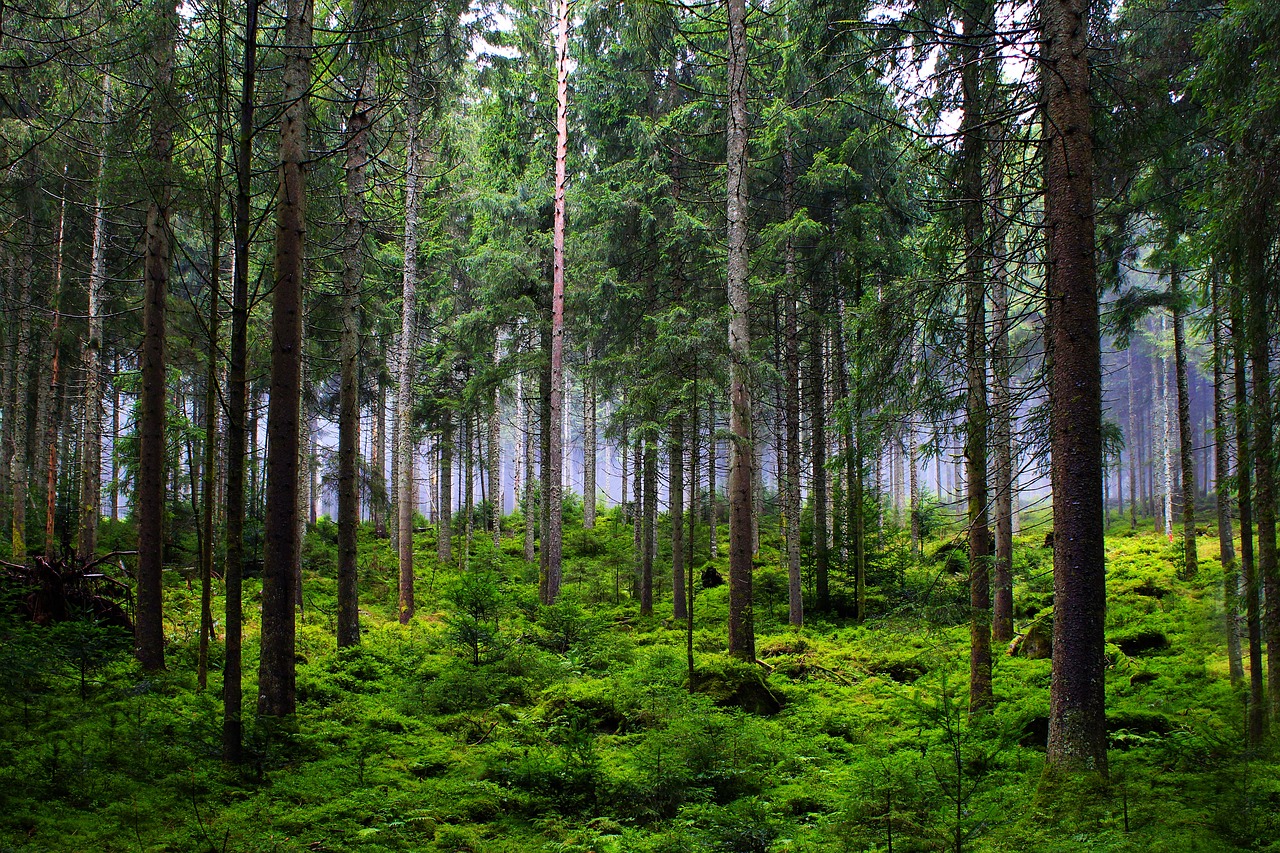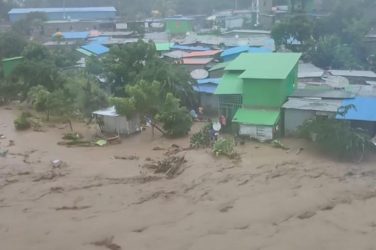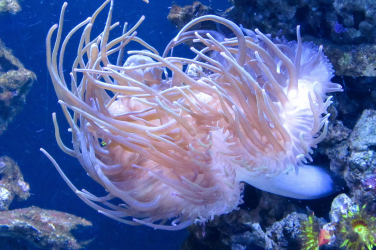Increasingly green industrial areas are a new trend that is gaining ground also in Italy where the sensitivity to environmental and sustainability-related issues has increased.
Even in areas where historically little has been done in this direction.
Therefore, in the Zip of Padua, the beating heart of the northeast economy, a real forest will arise with 2500 plants, water basins, and green areas.
This is the project concerning the expansion of the logistic centre of the Alì group in via Svezia.
An intervention, the one that the group operating in the large-scale distribution sector intends to realize, which would have shortly the green light of the administration and that represents a turning point for the area.
49,473 square meters, equal to about 32% of the entire area involved in the expansion, will in fact be destined for greenery.
The planting of trees, shrubs, and vines is planned for a total of almost 2500 plants.
According to a study carried out on the project and conducted by the University of Florence, the absorption of CO2 in the next 30 years will be 2 million and 300 thousand kilos.
The hydraulic mitigation works, open-air basins, have been oversized in order to compensate for more intense weather events than required by the legislation.
On the roof will be placed photovoltaic panels, the lighting will be full LED and the covering of part of the warehouse is planned in photoactive ceramic that cleans the air.
This material contains titanium dioxide TiO2 that, activated by sunlight and moisture, reacts and eliminates harmful substances in the air, improving the quality near the building.
The project, therefore, fits perfectly in the groove of the new development dynamics of green logistics.
A study by the University of Padua has estimated that the green per capita under the municipal competence of the city is equal to 23.7 square meters, values in line with European standards that speak of a reference of 20 square meters per person.
Obviously, the industrial zone is one of the areas with the worst statistics from this point of view. For this reason, the intervention could represent a turning point for the planned mitigation works. However, the project is at a standstill, waiting for politics to decide to make progress. Progress that, in this case, the entrepreneurial class has already decided to make.









Show Comments